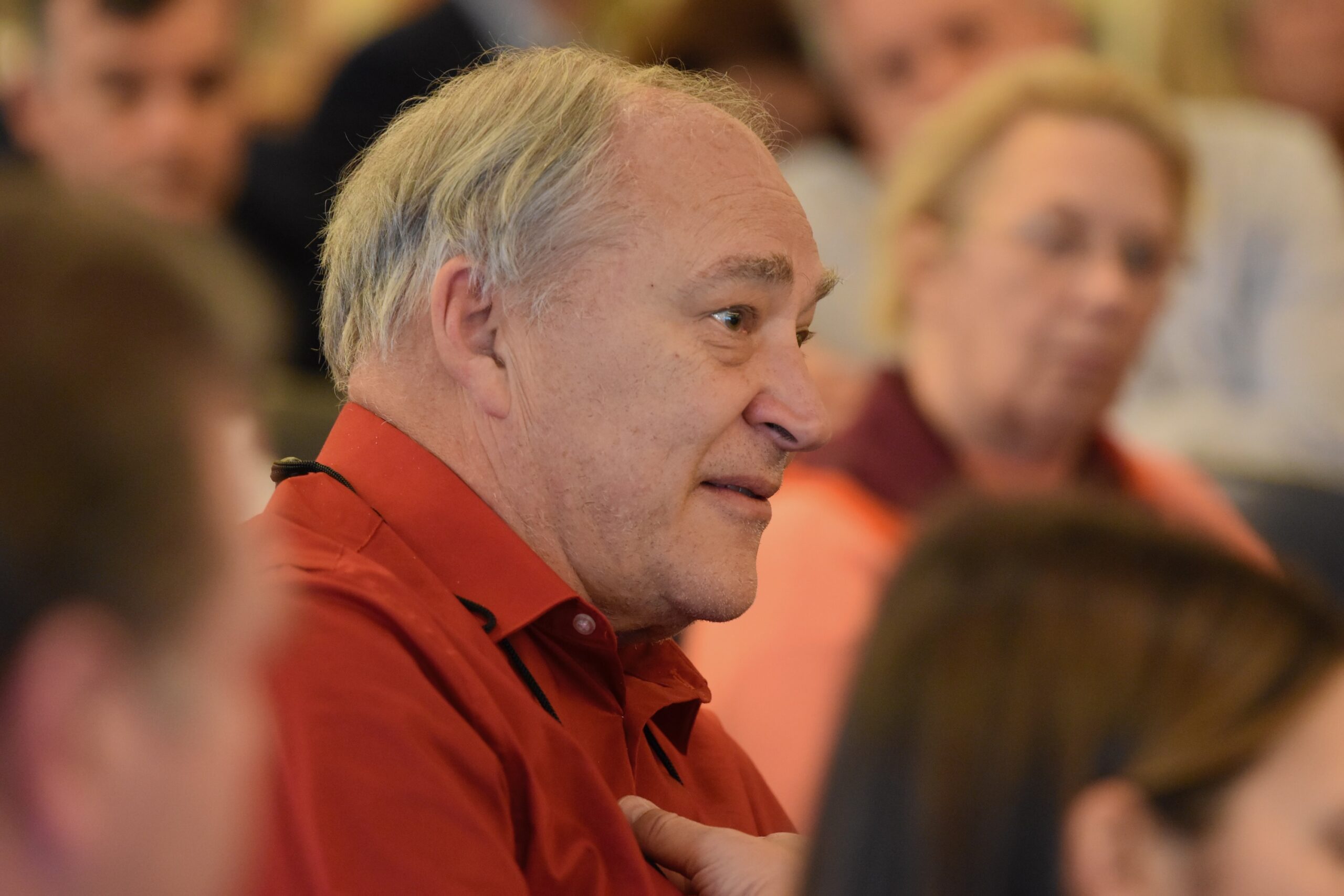Partnership seeks to make Montgomery County ‘the Silicon Valley of health computing’

A new partnership between Montgomery County and several of the state’s largest institutions has the potential to spur ground-breaking medical advances through the use of cutting edge computing technology, officials said this week.
The agreement, which could lead to the creation of more than 10 million square feet of development, has the potential to transform North Bethesda, an area once best known for luxury retail but which has languished since the demise of White Flint Mall.
The memorandum of understanding will create the Institute for Health Computing. Government and academic leaders said their goal will be to fashion a world-class hub of discovery, where computers can discern patterns in diseases and treatments far more rapidly than before.
“We are witnessing an unprecedented revolution in health care that is being driven by biomedical innovation, the digitization of medical records, and advances in machine learning and artificial intelligence,” said University of Maryland, Baltimore President Bruce Jarrell, in a statement. “This new Institute will include all of these elements in a synergistic effect that will transform our health care system.”
University of Maryland Medical System CEO Mohan Suntha said it’s possible that one day “the nation will describe Montgomery County as the Silicon Valley of health care computing.”
In addition to being home to the National Institutes of Health, Montgomery County is home to a thriving life sciences industry, much of it spawned by the federally funded human genome project. The partnership seeks to expand on both the public and private research already being done there.
The memorandum of understanding was signed by County Executive Marc Elrich (D) and leaders of the University of Maryland, Baltimore; the University of Maryland, College Park; and the University of Maryland Medical System.
The $90 million partnership is expected to spawn a large scale development just north of the Capital Beltway along Rockville Pike, an area well-served by roads and Metro. Elrich said the site can accommodate between 11 million and 15 million square feet of development. The institute plans to seek federal grants.
The concept of a computer-based health research hub in Montgomery County has been years in the making. Elrich said the idea gained traction when the county lost out out on the bidding for Amazon’s second headquarters, a prize captured by Arlington County, Va.
Although the competition for “HQ2” drew dozens of bids, the loss of the online retail giant to a neighboring jurisdiction reinforced, for some, Montgomery’s inability to grow its economy.
“We didn’t lose Amazon because we bid too low,” Elrich said. “We lost Amazon because Amazon was looking for academic support. They were looking for a university presence that would advance their goals and provide them the talent they needed to grow.”
To shepherd the county’s pursuit of a medical computing hub in North Bethesda, Elrich lured Tom Lewis, a former chief of staff to House Speaker Michael Busch (D), from Johns Hopkins University. He said the first two-dozen permanent staff will work out of leased space until the institute is constructed. Eventually, the space will included principal investigators, technical staff and students.
Lewis pointed to the development of COVID vaccines as an example of what can happen when artificial intelligence is used to process vast quantities of data. Instead of taking years, as has been the case historically, coronavirus vaccines were developed over a period of months.
“They’re going to put data analysts from [the two universities and the medical system] together in this one place and try to start identifying patterns that you would never detect with just human analysis,” he said.
Suntha said the system has “de-identified data” — meaning individuals’ identifies have been removed — from 1.8 million patients within its systems already, providing fertile soil for researchers.
“We’re going to be on the cutting edge for changing science,” said Elrich. “We’re going to be able to provide support to the institutions in this county, to the companies in this county, and we’re going to become a magnet for more companies.”
Editor’s Note: An earlier version of this story included a photo caption that misidentified the Pike and Rose development. The story has been updated.




 Creative Commons Attribution
Creative Commons Attribution